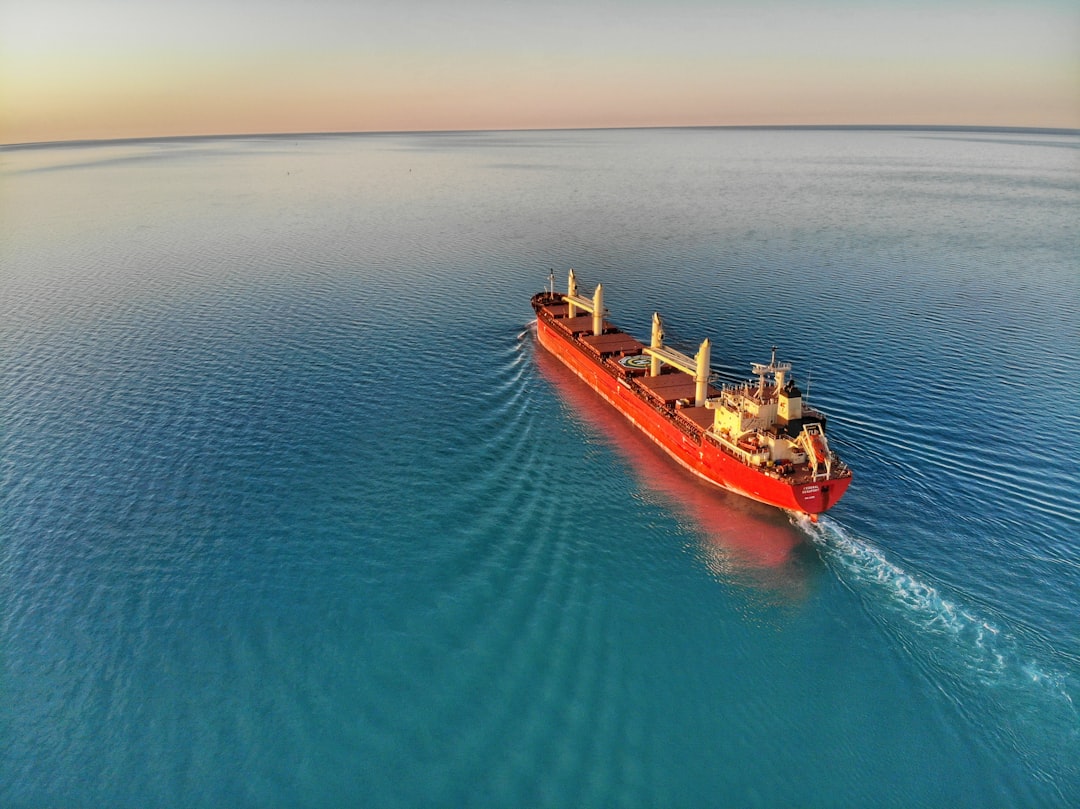Climate change activism is currently all the rage, and the crusade for ocean protection has been swept up in the current. Popular influencers pub reusable metal straws to save the turtles and post pictures with bracelets made from ocean plastic, using these trending topics to gain likes and followers. And yet, when it comes to decisive action, this transactional approach to activism falls short, yielding few results. The current campaigns are likely to fall out of fashion, while the Earth will remain in a state of climate emergency, the world’s oceans at the forefront. Few have taken a resolute stand to prevent more danger from befalling our planet.
In the public discourse on climate change, most people consider the atmosphere and the ozone layer as the greatest point of concern, with discussion largely focussed on cutting carbon emissions. The landmark Paris Climate Agreement set goals to prevent global temperature change of two degrees Celsius, and public debates over carbon taxation saturate the airwaves. However, following the United Nations Climate Summit in September, it has become even more apparent that policies must focus on other affected zones beyond our atmosphere, chiefly ocean habitats. While direct effects on human survival remain our priority in the context of the climate change discussion, our lives also depend greatly on the ocean and its biodiversity and disregarding this crucial relationship will have destructive consequences. The lack of an organized structure for global ocean governance creates a dangerous gap in protection for many marine zones that must be addressed with a more unified regulatory framework.
Oceans are Crucial to Planetary Health
Earth’s oceans cover 71% of the planet’s surface. Such a large surface area implies the greatest environmental influence the ocean possesses: as a crucial part of the carbon cycle, the ocean acts as a carbon sink, storing the greenhouse gas in its depths before releasing it back into the atmosphere. Furthermore, oceanic currents and seawater temperature drive weather patterns, like El Niño and La Niña, that have global impacts each year, affecting fishing, agriculture and a myriad of other crucial economic sectors. With “approximately 28 percent of the global population” living in coastal zones, the ocean plays a major role in the daily lives of more than a quarter of the global population. Based on the ocean’s crucial role in greenhouse gas emissions and the global food supply, it would appear that the health of our oceans is equal in importance to that of atmospheric conditions. However, the size of our planet's water layer has fostered the mentality that such problems aren’t as dire, leading to the manipulation of our oceans as if they are an unlimited resource.
International Regulation Falls Short

This pressing issue begs the question: what regulatory body has jurisdiction over the global ocean environment? The unfortunate answer is too many. Considering regulatory capacity, there exist three zones that are controlled by separate, disconnected bodies. Per the 1982 United Nations Convention on the Law of the Sea (UNCLOS), a country’s territorial waters extend 12 nautical miles off-shore, where the nation has sole jurisdiction over regulation. The coastal state’s exclusive economic zone (EEZ) extends 200 nautical miles offshore, in which the coastal state has the sovereign right of “exploring and exploiting, conserving and managing the natural resources.” The remainder of the ocean is considered the high seas, in which all states exercise freedoms laid out in UNCLOS, such as navigation, fishing, laying pipelines, and engaging in scientific research. Per these zones, regulation of the EEZ and territorial waters fall to the coastal states, while the high seas are solely regulated by international bodies. While this separation make sense on paper, the disjointed nature of these groups leaves the oceans open for destructive behavior like offshore drilling and seabed mining. Per a 2016 UN study, the variety among governing bodies with authority on the high seas varies so much in their mandates, geographic areas of jurisdiction, and ability to enforce binding agreements that the oceans are often unprotected from exploitation.
The Blue Economy
While the flora and fauna of the seas bear the brunt of oceanic exploitation, this resource abuse also influences the communities that rely on the ocean for their livelihoods, in what is often called the blue economy. The blue economy involves communities engaged in activities such as marine transport, fishing, and water-based tourism. As the Intergovernmental Panel on Climate Change (IPCC) finds in their recent report on the oceans and cryosphere, communities reliant on the ocean are threatened by changes in ocean warming, acidification, and nutrient cycling. In response to the proliferation of greenhouse gases through the carbon uptake cycle, the ocean is continuing to acidify and is warming at an alarming rate, affecting the stability of coral-based habitats and altering migratory behaviors. This, in turn, hurts communities with economies built on ocean-based tourism, including snorkeling, scuba diving and deep-sea fishing. Further, the changing levels of nutrients at certain depths raise concerns regarding existing ocean-based food production as fish populations are affected. If fishing operations are unable to bring in a substantial haul in years to come, prices will rise and potentially drive fishing companies out of business should the shortage persist. All of this is to say that human activities and the ocean are deeply linked across a variety of crucial sectors.
With these dangers in mind, there is a growing need for management and conservation options. The United Nations has begun to develop a concrete framework to protect these areas, such as crafting legally binding instruments under UNCLOS this past Augusts. Continuing the draft process for a potential treaty for marine biodiversity protection, UN experts engaged with member states discuss the development of a framework for public notification on marine issues, establish the need for expert consultations, and begin the process of forming potential scientific or technical bodies surrounding ocean protection. Looking ahead to 2020, with the final meeting regarding biodiversity protection set to take place some time at the beginning of the year, there is hope for a consensus that will provide for greater protections for the oceans so crucial to our survival.




